
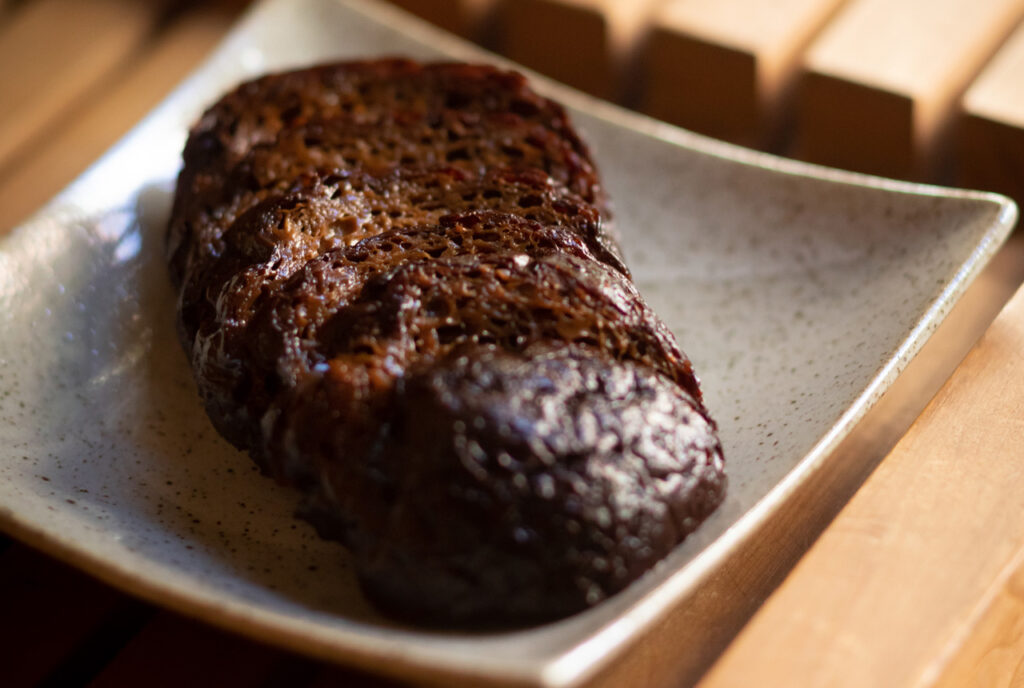

The masterpieces that have been loved throughout the ages have the consistent feelings of their makers, even though their generations have changed. In this interview, we asked the owner about the thoughts behind the Kyoto masterpieces and their future.
Founded in 1858, Kyo Namafu Bran To is a long-established bran manufacturer with a long history of producing and selling bran.
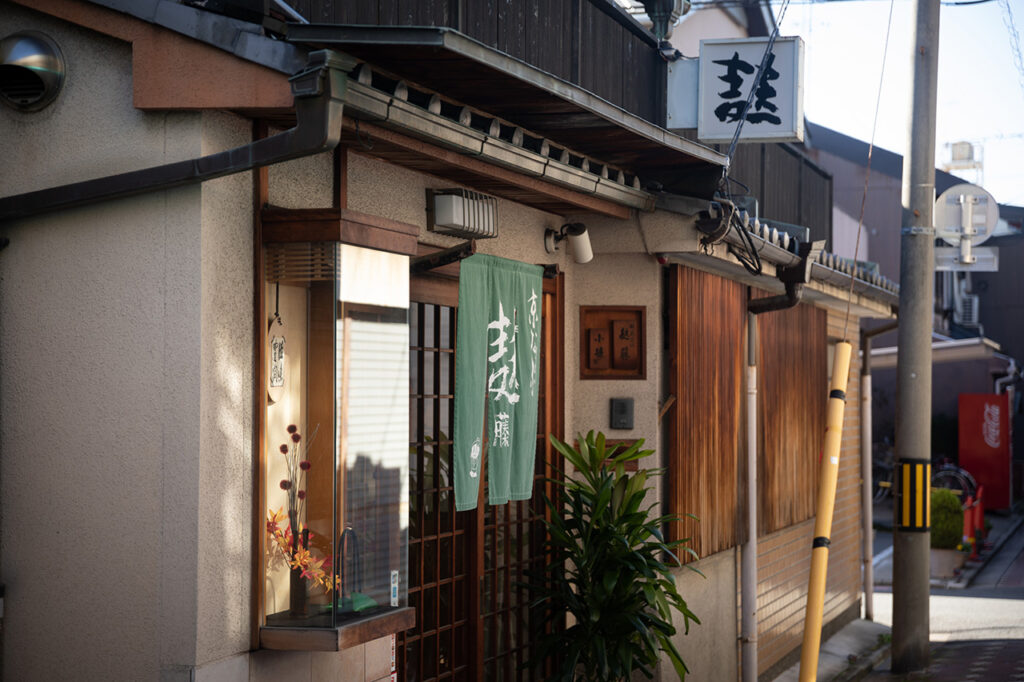

The traditional Sagara bran, as well as flower bran and momiji bran that add seasonal color to dishes, have been produced using traditional methods handed down from generation to generation since ancient times, and have been preserved until the present day in 2025.
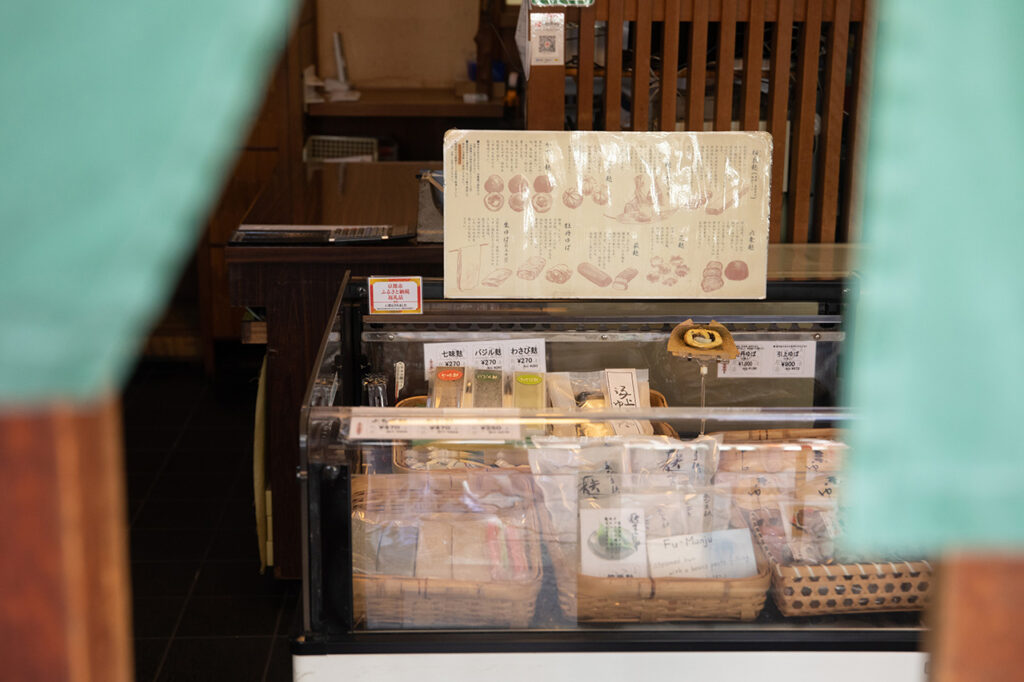

Since the Kamakura period (1185-1333), nama-ga-ba (bran) has been valued as a valuable source of protein. Among the bran, Rokujo-gafu (2 pieces) for 680 yen has been popular since the establishment of the company because "it can be used like meat or bacon.

Rokujo bran (2 pieces), which can be sliced and eaten as is, is 680 yen. The bran is seasoned well, so it is recommended as an accompaniment to alcoholic beverages. Shelf life / 10 days

The fu is made from gluten only, slowly cooked in traditional seasonings such as kelp dashi, soy sauce, and mirin, and deep-fried in sesame oil. When chewed, it has a meaty and elastic texture, and the more you chew it, the more the flavor fills your mouth. It can be used in a variety of convenient ways, such as sliced as a snack, cut into dice and served with eggs, or used as an ingredient in fried rice. It is an excellent product that offers a different texture from that of regular bran.
The standard Sagara bran, awa bran, yomogi bran, and sesame bran have long been beloved signature products. It can be sliced thinly, boiled quickly, cooled in cold water, and eaten like sashimi, used as an ingredient in soups and stews, or grilled and served with dengaku miso (soybean paste).
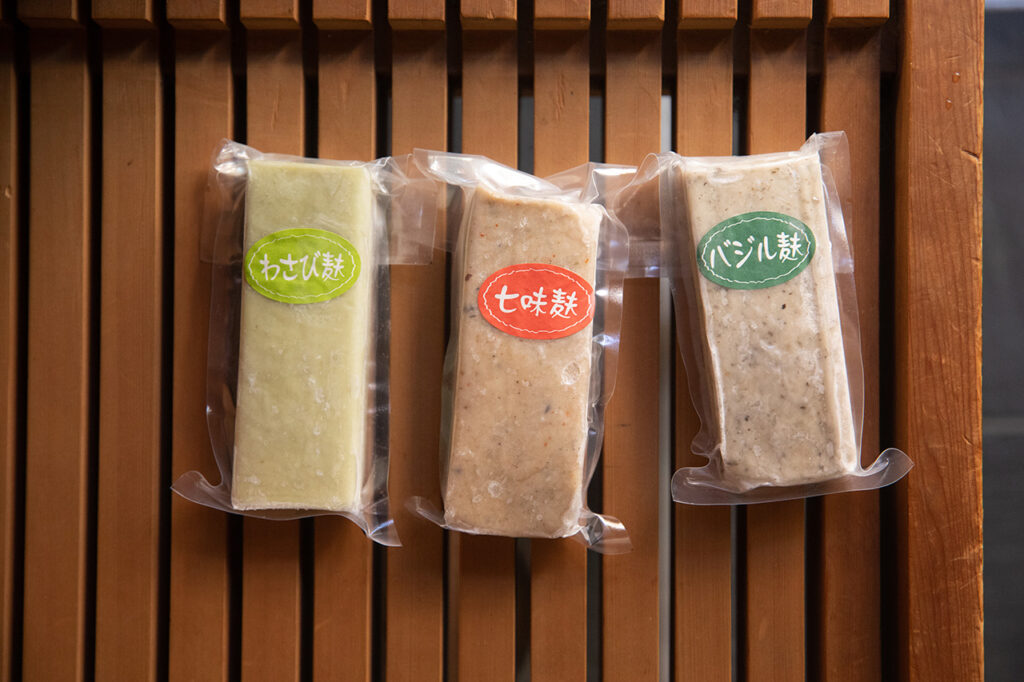
Wasabi bran, shichimi bran, basil bran - 297 yen each

Modern flavors such as basil, wasabi, and shichimi are also on standby. The basil, in particular, can be sliced thinly and quickly blanched in hot water, then combined with mozzarella cheese and tomatoes to make the Italian salad caprese.
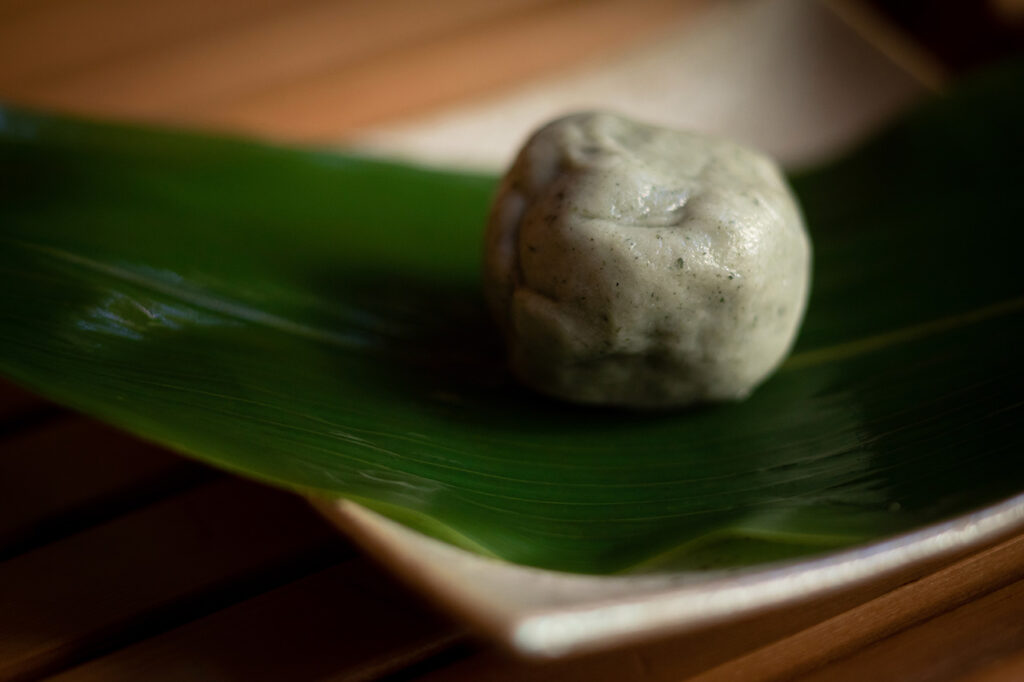
The aroma of bamboo leaves is transferred to the skin of the bran, giving it a rich flavor. The skin of the bran is made of only gluten and glutinous rice flour, so you can taste the original taste of the bran. Sasamaki bran (5 pieces) 1,150 yen

The most popular and often sold out in the morning is Sasamaki-mugan (5 pieces) for 1,150 yen. There are three types of bran buns on standby: Koshi-an (wheat bran filled with red bean paste), Kuri (chestnut and sugar only), and Matcha (green tea bran filled with green tea paste). Koshi-an is available in the store, while Kuri and Matcha can be reserved or purchased online.
With a history of over 100 years, Kyo Namafu Branfu has been preserving Kyoto's food culture. I think people have a strong image of namafu as something that is served at ryotei (traditional Japanese restaurants) or in catered lunches. I would be happy if we could make nama-buta more widely known to the public and make it an easily accessible item on the dinner table," said Kunihiro Nakagawa, the fourth president of the company.
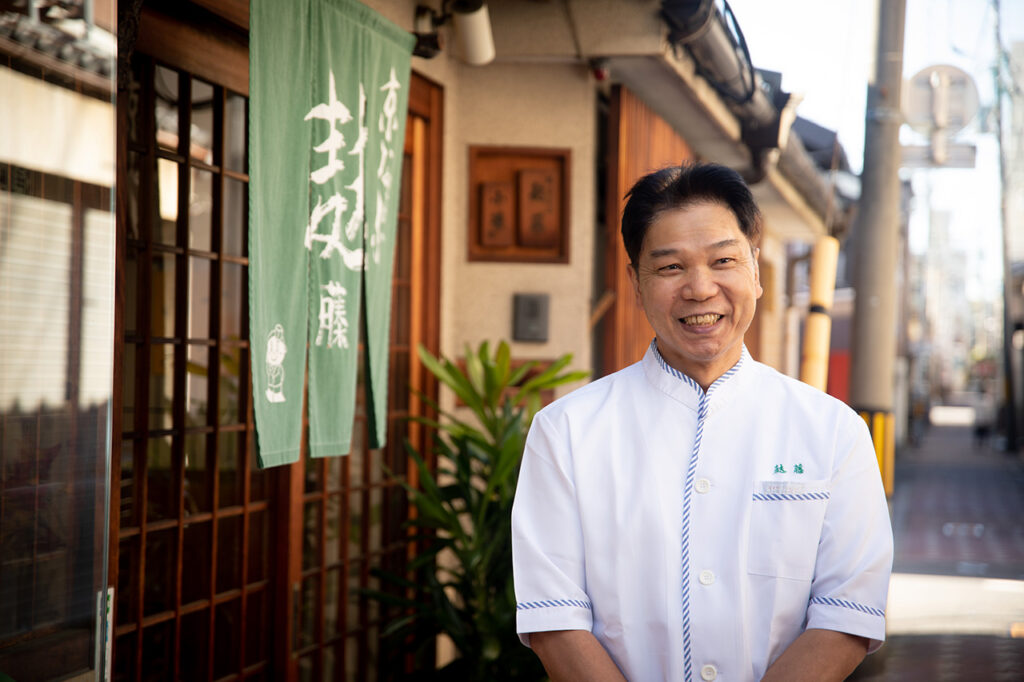

Nama bran is a traditional Japanese food that is very useful to keep in stock. Since they are easy to use, you can enjoy them at your home table as well.
Over 600 interviews per year! An order site carefully selected by the editors who knows Kyoto and Shiga.
nowOfficial LINE friend registration500 yen OFF coupon is being issued!
Distributed every Friday morning at 8:00 am! From new restaurant information to event information that we want to share with you, We deliver articles about Kyoto that are useful to know. About 20,000 people have registered.Click here to add a friend!
 News
News Feature article
Feature article Featured event
Featured event